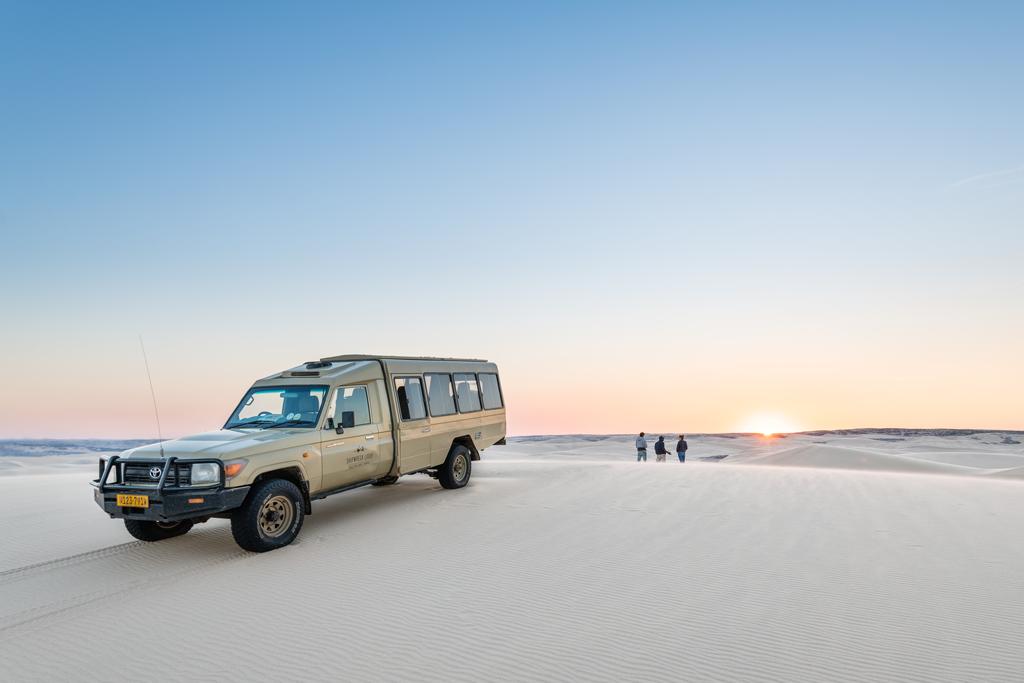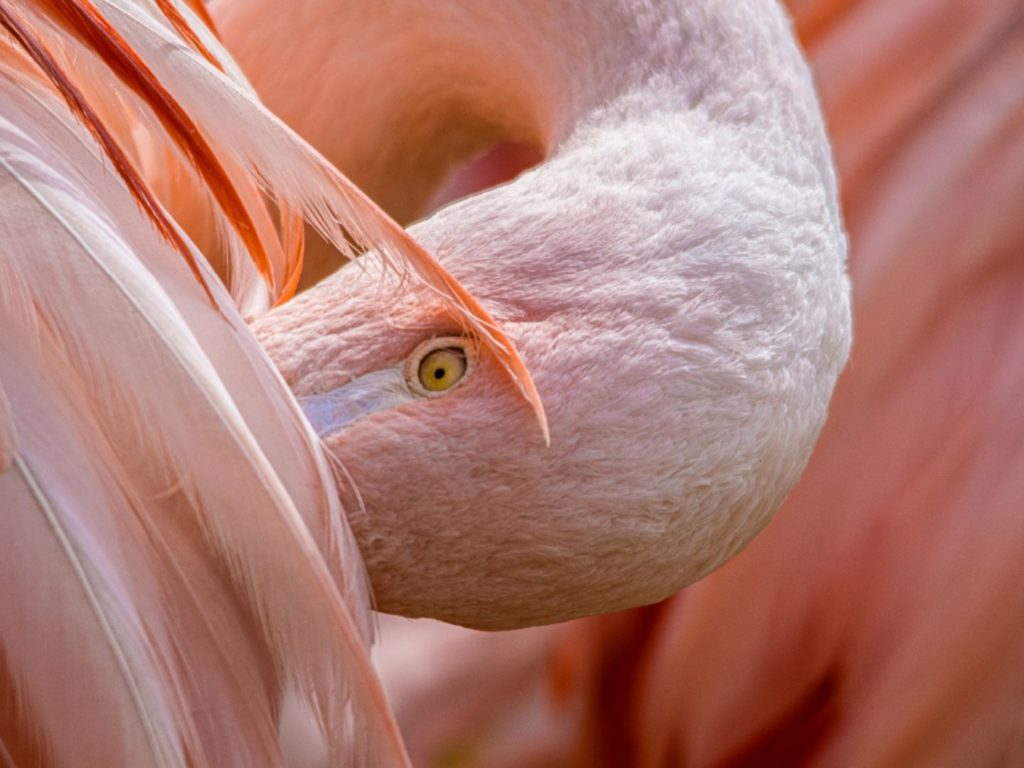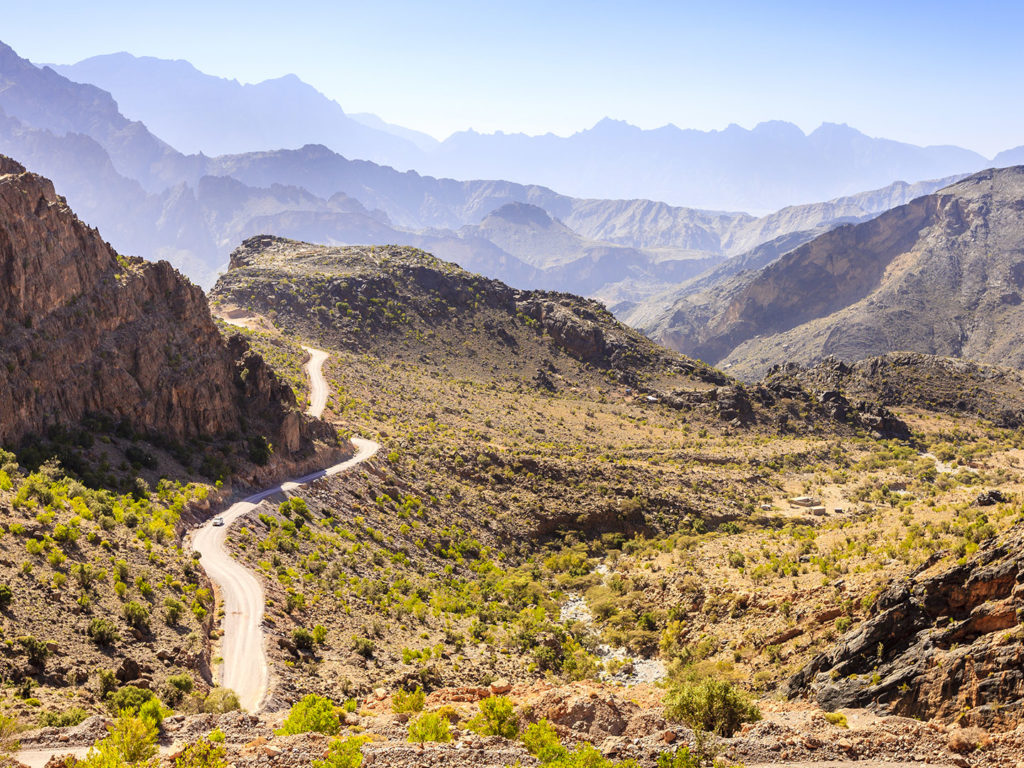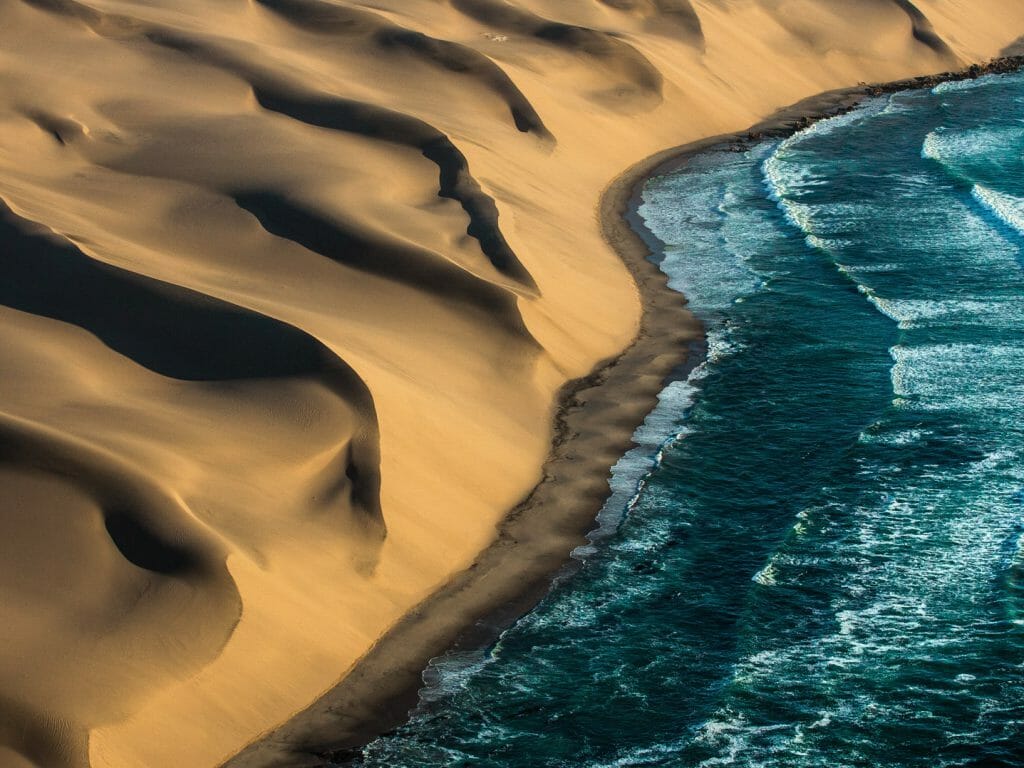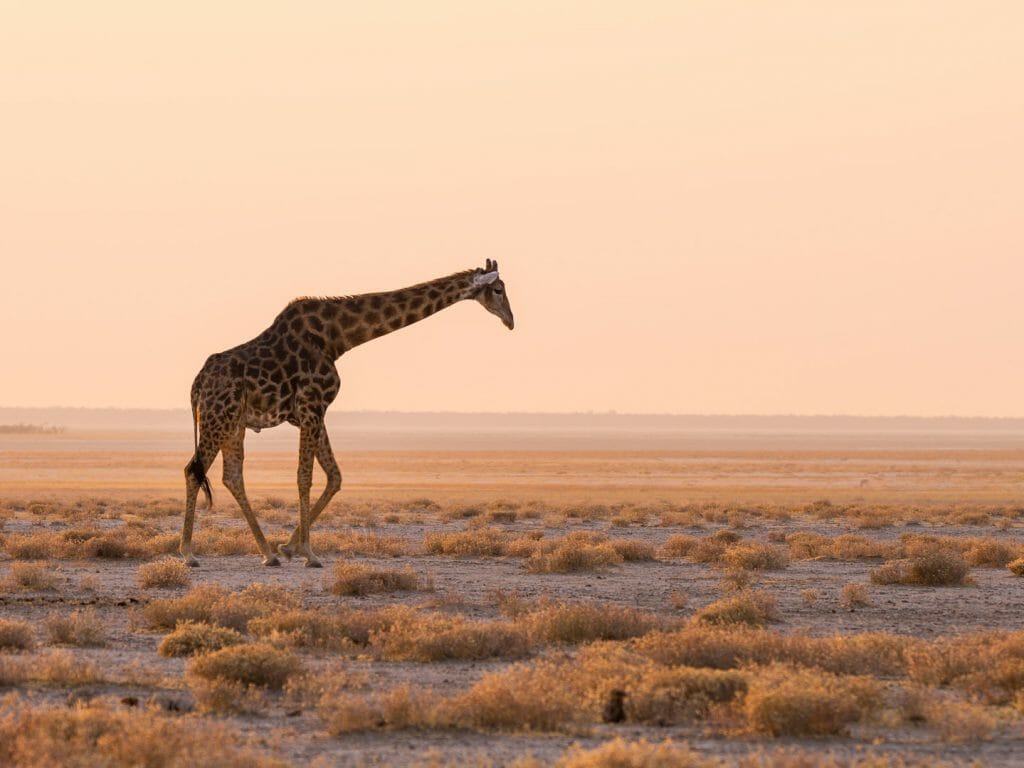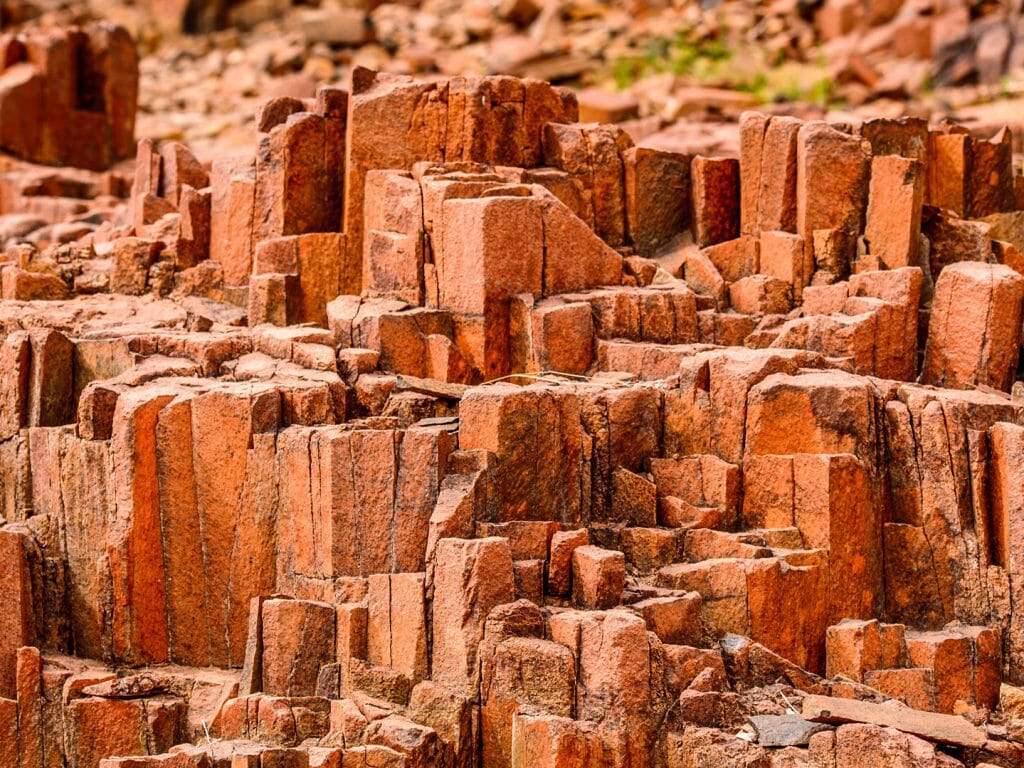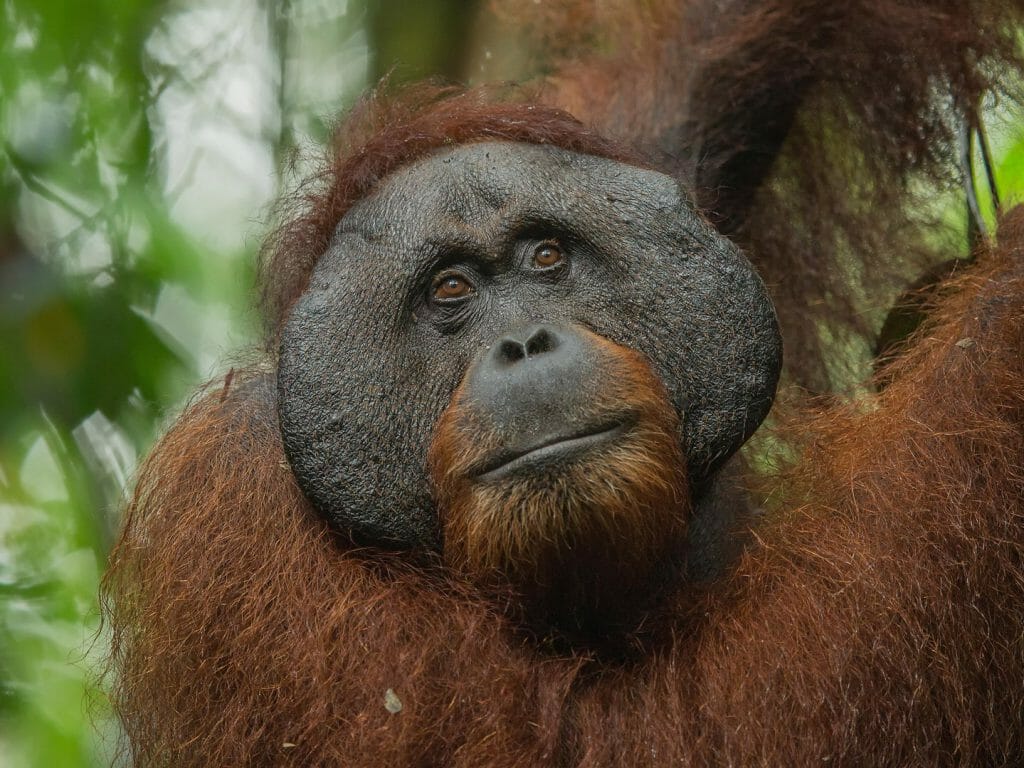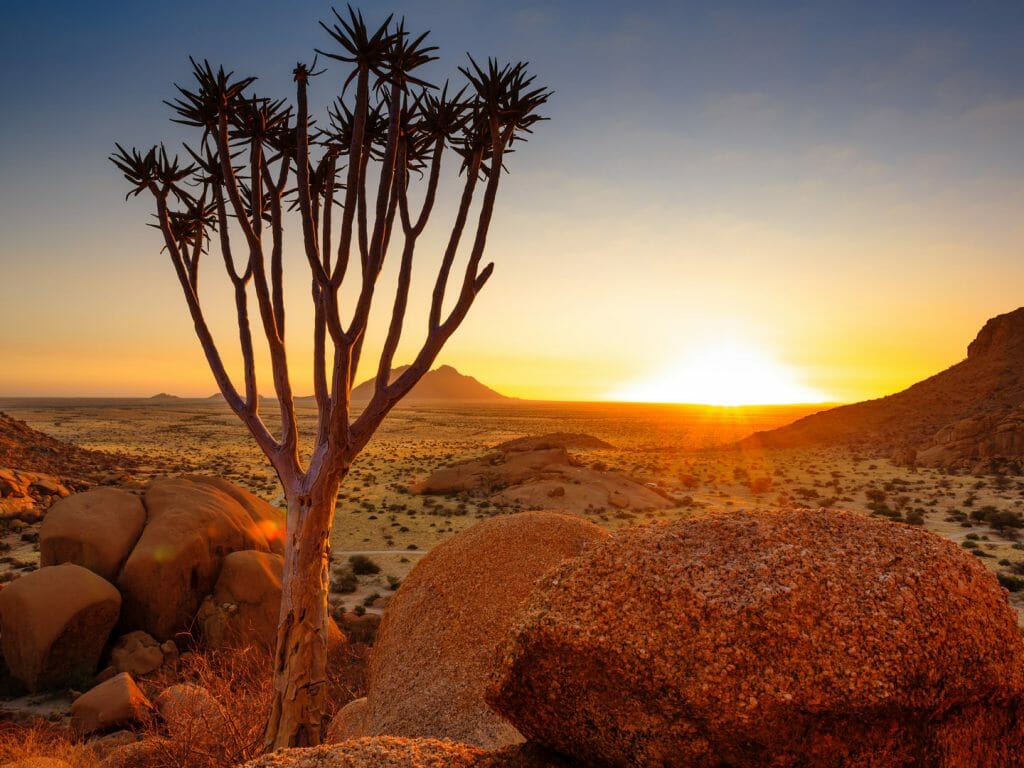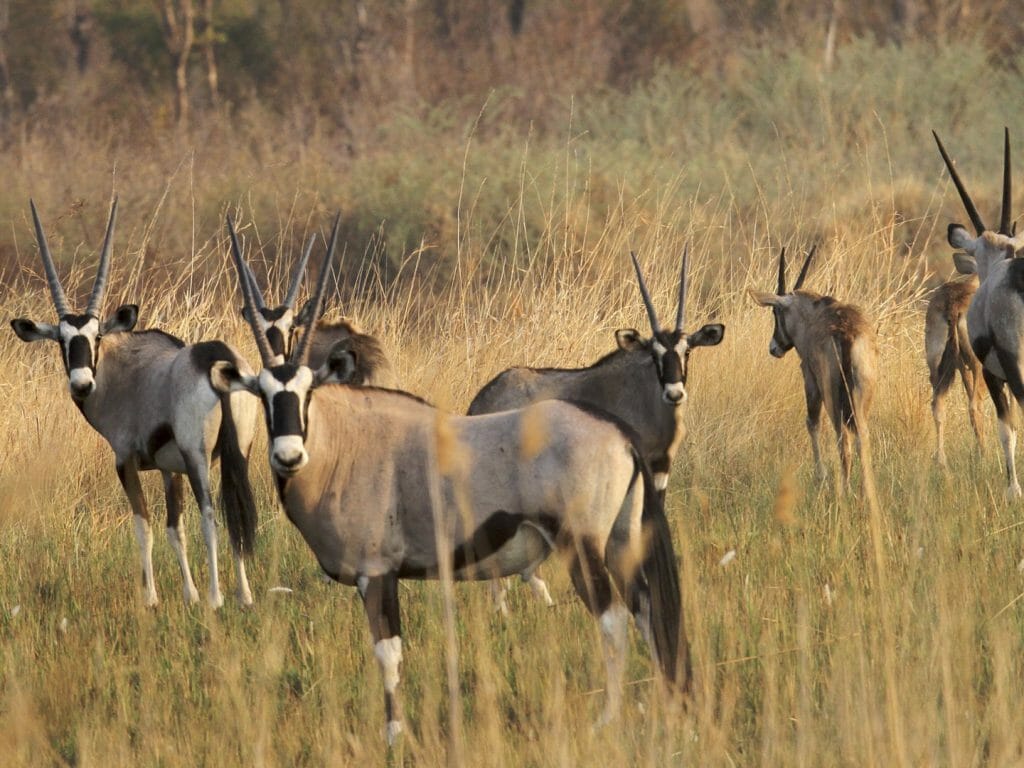Equipped with a good Namibian map, a detailed itinerary, a 4×4 vehicle and lots of music, I was ready to explore this amazing country all by myself, even though my sense of direction is severely lacking! The journey took me through vast open landscapes with blue skies via beautiful red sand dunes at Sossusvlei and the dramatic scenery of Damaraland. The journeys were long (covering an average of 350km per day), along gravel, rocky and tarred roads, but all worthwhile. Most of the locals were curious about my nationality and enquired why a single lady was doing this journey by herself. At no time during my time here have I felt unsafe.
On my first day, I met up with the representative for the car hire company. By this time I was so excited and I could not wait to drive the 4×4 I had hired. My only reservation was that I had never changed a tyre before. Christine took me through a step by step guide on how to do this. My goodness, it was heavy to lift a tyre. It weighed a ton!! I knew that if I was to get a flat tyre at some point during my journey, I would need to remember exactly what I had been shown.
Christine is a Namibian expert: she has driven around the country over twenty times so she shared her hints and tips and took me through my itinerary. After this helpful familiarisation process, I set off. The first part of the journey was tarred road before turning to gravel on the final stage to my overnight destination. All roads are well signposted and get you where you want to go to! Even the map is accurate. Am I in Africa?! It was too good to be true.
My first stop was the Kalahari Desert. I drove for what seemed like a lifetime before I even saw any other cars. The scenery was typical red sand dunes dotted with very dry grass. I saw oryx, ostrich and zebra. This area is also great for meerkat (if you can spot them), porcupine, bat-eared fox and wildebeest. By the end of the day, all my fears and anxiety about driving in a foreign country were a thing of the past. I was looking forward to day two!
The next day took me through to Sossusvlei, situated in the world-renowned oldest desert, the Namib. The road was partly tarred, most of it gravel. This drive was exhilarating, especially on Tsaris pass which is about 6 metres deep with a very narrow road. Although it was a tarred road, I had to go slowly because of its twists and turns. The scenery was beautiful, silhouetted with mountains in the background.
On day three I woke up at 5.30 am so that I could make it to the Sossusvlei Gate which opens at 6 am. Once you enter the gate you have to drive approximately one hour to get to Sossusvlei and you are only allowed to drive at 60km/hr.
Even though the drive to Sossusvlei is short, it is very tricky driving through thick sand. I can only equate it to driving through thick snow. I used the four-wheel drive in low gear. You are not allowed to stop just in case you get stuck so I kept my distance at 20km/hr. I did a short walk on one of the dunes next to Sossusvlei. In the local language Sossusvlei means ‘the gathering place of water’, unfortunately at this time it was dry but in good rainy seasons, the Vleis usually have water. This did not detract from the fact that the dunes were still a spectacular site.
Did you know?
* Vlei means ‘marsh’ in Afrikaans
* Sossusvlei is one of the four clay pans that also include The Dead Vlei, Hidden Vlei and Nara Vlei
* ‘Hoodia’ is a succulent plant found in this area that is used by the San people as an appetite suppressant, thirst quencher and against ailments including diabetes and indigestion
Day four of my journey continued towards Swakopmund. This journey was an estimated travel time of 5.5 hours but I did it in 4 hours (I was becoming speedy!) which meant that I could explore Swakopmund. The journey took me through the Namib Desert, again with vast open landscapes and beautiful blue skies.
Swakopmund is a lovely coastal town that still has a lot of German influence, with plenty of colourful buildings and churches. Everything is so clean and well preserved, with lots of restaurants and gift shops. I also found the people particularly friendly and welcoming.
Day five took me to Walvis Bay for my catamaran boat trip. This was a three-hour catamaran boat cruise that took us to Pelican Point and the lighthouse. It was such a treat to see dolphins, seals, flamingos and pelicans before a delicious lunch which included oysters, fish and calamari.
After the cruise, I returned to Swakopmund and decided to take a long walk around town and stretch my legs. I just took my map and camera and again all road signs worked …….!
Day six, I set off for the Erongo region, about three hours away. A small challenge was the entrance as this includes driving up and down a big rock! Thanks to Christine’s tips I put the car into a low ratio and four-wheel drive … and was able to drive to the lodge with no problem. I was later told that most guests struggle to get to the lodge and end up parking at the bottom of the drive. Not for hardened drivers like myself!
Day seven, I set off for the region of Kunene in North West Namibia (that used to be called Damaraland). This area has rolling rocky hills and it is very arid, but despite all that it is home to surprisingly big numbers of desert-adapted elephant, giraffe, gemsbok and springbok.
The drive was along gravel roads and the temperature was 27 degrees so hot. If time permits it is a chance to visit the Petrified Forest, Twyfelfontein and view the San rock paintings.
Day eight, I set off on a four-hour drive to Ongava Reserve (Etosha). This was along two hours of gravel road and then two hours of tarred road. As I approached Otjo the scenery began to change from dry and dusty Damaraland to green and much more fertile areas surrounded by cattle farms.
Whilst here I went on game drives and saw lions, a cheetah with cubs, a cheetah killing and eating a springbok, not forgetting white rhino. Ongava Reserve is a haven for wildlife and, it is better to concentrate on the Reserve and only visit Etosha on one of your mornings. Etosha can be crowded with lots of cars … a bit like in some areas of the Masai Mara. All Ongava properties meanwhile have waterholes in front of the main area and so I was able to have some amazing viewings during dinner in the evening.
Day ten, I set off on a leisurely game drive through Etosha National Park. The distance on the map was 150km but seemed longer because of the stopovers I made for game viewing. Even though I enjoyed guiding myself through this flat landscape that is dotted with large salt pans, I would probably choose to have a qualified guide to take me on game drives to really absorb the wildlife and scenery around me to the maximum.
On the edges of the pan, I saw a variety of vegetation types such as woodland, mopane, open acacia and grasslands. The area of Okaukuejo was particularly dry but as I approached Halali and Namatoni the vegetation seemed to thicken.
Temperatures have been soaring to nearly 35 degrees and you could see the effect of this heat on the poor animals as they have to walk for long distances in search of food and water. At one waterhole there were nearly 25 zebras, 12 elephants, 10 wildebeest, 30 springbok and four giraffes.
It was an unforgettable experience and one that we are happy to share with you.


